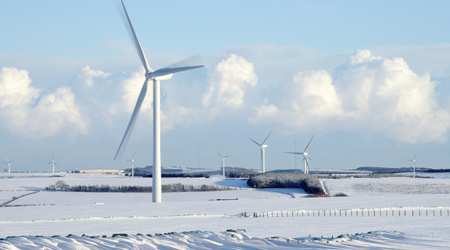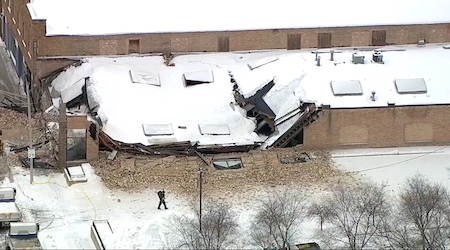
Did Renewable Energy Cause Texas’s Massive Blackout?
February 23, 2021
Texas’s catastrophic energy failure continues into its second week, and blame is being hurled around fast and furiously. Alternative energy, specifically wind turbines, have received an outsized portion of the blame. But were frozen wind turbines really the cause of last week’s massive blackout throughout much of Texas?
No, say experts. While Texas does get about 20 percent of its energy from wind, enough to put it in the top tier of states for renewable energy generation, the state also also gets 47.4 percent of its electricity from natural gas, 20.3 percent from coal, and 10.8 percent from nuclear, according to the state’s comptroller. And the truth is all energy sources underperformed more or less proportionally during the vicious storm, according to the New York Times. Daniel Cohan, an associate professor of civil and engineering at Rice, says that failures at natural gas-fired power plants were to blame “far, far more than everything else.” The grid lost nearly five times as much from natural gas generation as did from any other source, due to generation facilities and delivery pipes freezing, according to the Times piece.
A number of other factors contributed to the state’s power outages. These include the inability to get backup power from the national grid because Texas is islanded on its own grid, failure to enforce energy companies to maintain “reserve power,” the failure of many energy companies in Texas to winterize, and the ferocity of the storm itself.
All this is small consolation for facility managers whose buildings were left without power, water, and heat. But it also highlights again the need, as climate change worsens storms of all kinds, for emergency preparedness and resilience strategies. This FacilitiesNet article provides some tips and best practices for facility managers.
This post was submitted by Greg Zimmerman, editor, Building Operating Management and FacilitiesNet.com.
Next
Read next on FacilitiesNet












